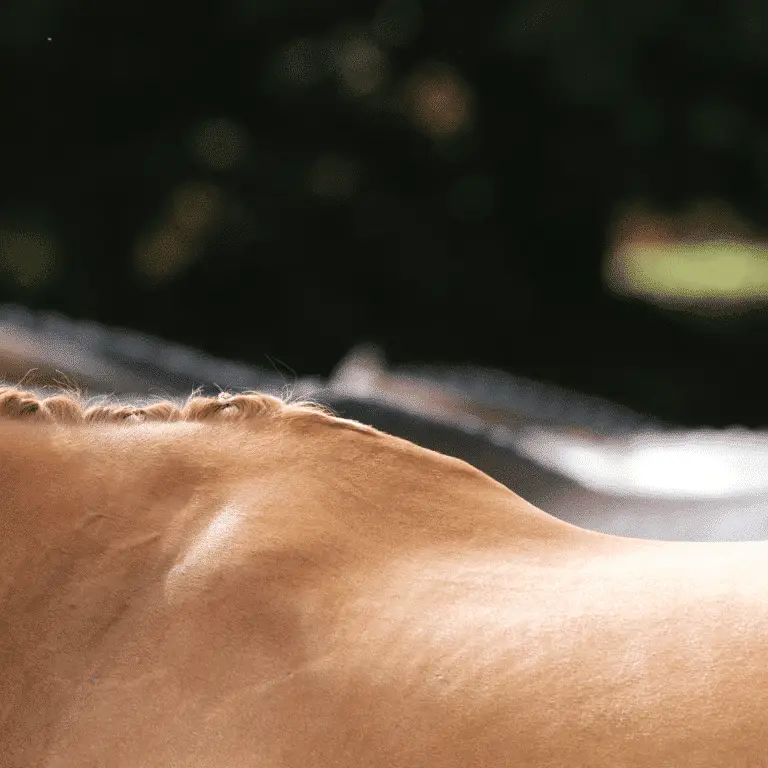
Pedal Bone Fracture in Horses
Pedal Bone Fracture in Horses Seek veterinary advice before applying any treatment. Fracture of the distal phalanx is a fairly

Seek veterinary advice before applying any treatment
Osteoarthritis is the most common type of arthritis in the horse and is caused by the degeneration and/or calcification of the cartilage. In a normal joint, this cartilage caps the ends of the bones that would otherwise come in contact with other bones. As the cartilage deteriorates, bone-on-bone contact at major joints can occur. This type of arthritis is slow, progressive, and irreversible and can be exasperated by excessive work, movement restriction, or poor shoeing.
While there is no cure for this disease process, there are many ways to manage pain and lengthen the athletic career of your horse.
The condition will require treatment with non-steroidal anti-inflammatory drugs, that reduce pain and inflammation and help the joint to return to normal function. In some cases, it may be necessary or useful to inject medication into the joint itself. The more commonly used intra-articular preparations are corticosteroids and hyaluronic acid or biological joint supplements such as PRP, IRAP, Prostride, and stem cells.
While this treatment is often initially effective, some cases require repeated injections. In some cases, for example, where there has been extensive new bone formation or where a chip fracture has occurred as a consequence of DJD, arthroscopic surgery may be helpful to give the joint a better chance for recovery.
In most cases, a multi-modal approach works best:
Daily exercise, daily anti-inflammatories, intraarticular steroids, oral joint supplements, alternative modalities such as shockwave, acupuncture, PEMF, and chiropractic work may help.
Surgical or chemical fusion of joints may be recommended to speed up the arthritic process, as fusion is the most painful part for horses. Once the joint has fused, the motion may be limited, but there is less pain associated.
By combining good horsemanship with an effective anti-inflammatory regime, a horseman can help prolong the active and arthritic-pain-free life of their equine companion. Avoid overuse and excessively hard, demanding work for your horse. This will also improve the longevity of your horse’s career. Arthritis supplements can help promote healthy joint fluid and protect joint cartilage before damage starts to occur, prolonging the life of the joints.

Digital health management offers numerous benefits in modern equine healthcare.
With the Happie Horse App, you can track symptom patterns and body values, such as Temperature, Pulse and Respiration. Allowing you to notice abnormal changes in body and behaviour early on, leading to more successful treatments.
The Happie symptom checker allows you to add all of your horse’s abnormal symptoms in order to present potential causes and diseases.

Pedal Bone Fracture in Horses Seek veterinary advice before applying any treatment. Fracture of the distal phalanx is a fairly

Fractures in Horses Seek veterinary advice if you suspect this disease. Fractures in horses refer to breaks or cracks in

Kissing Spines in Horses Seek veterinary advice if you suspect this disease. Kissing spines is a skeletal abnormality which describes